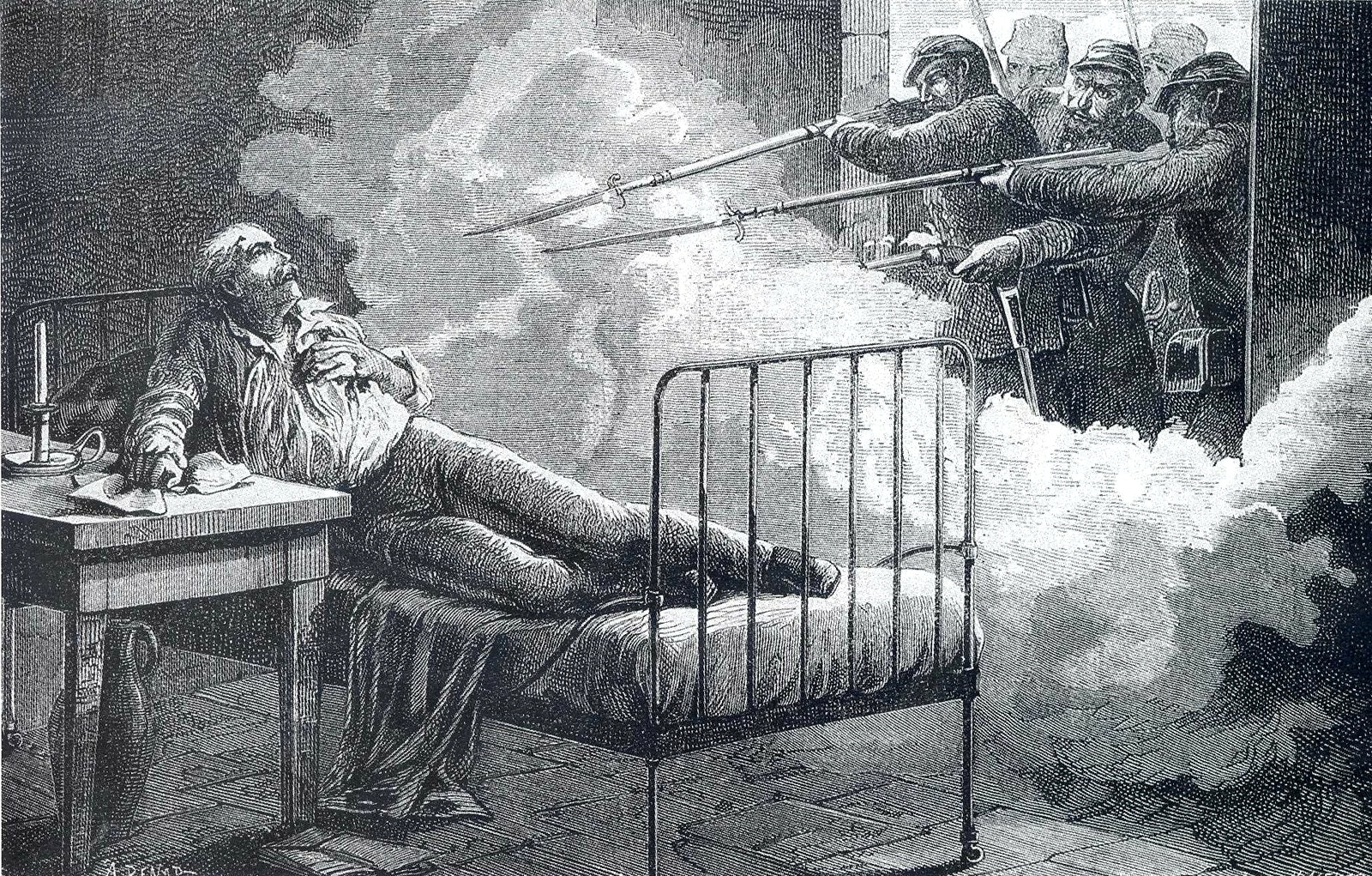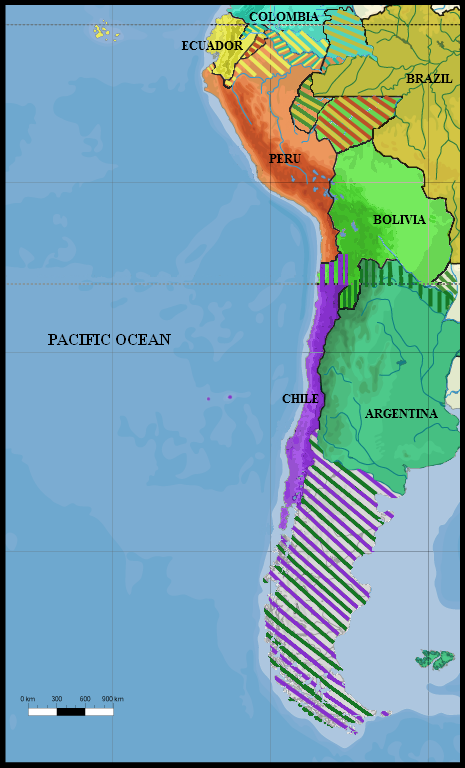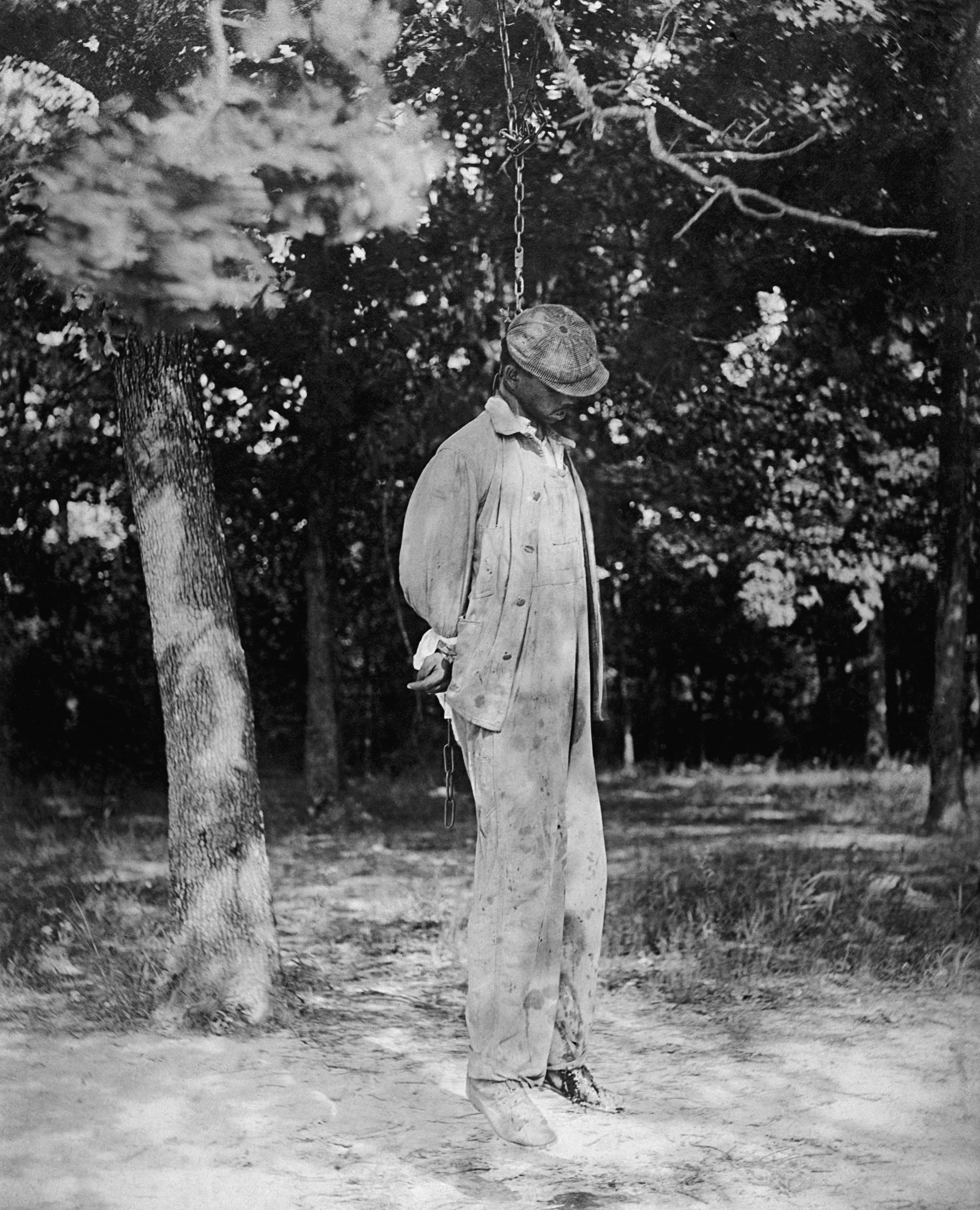|
José Balta
José Balta y Montero (25 April 1814 – 26 July 1872) was a Peruvian soldier and politician who served as the 19th President of Peru from 1868 to 1872. He was the son of John Balta Bru and Agustina Montero Casafranca. In 1865, he aided Mariano Ignacio Prado in the seizure of the presidency and served in his administration. In 1867, he in turn overthrew Prado. As president, he re-established constitutional rule and undertook vast projects for national improvement. He granted a monopoly of guano export to a French company and obtained large loans in Europe, yet the lavish expenditures of his administration plunged Peru deep in debt. Balta was deposed and shot by a disgruntled member of his own cabinet, Defense Minister Tomás Gutiérrez during his subsequent Gutiérrez Brothers' rebellion, coup d'état attempt. Early career José Balta y Montero embraced a military career from an early age. At only 16 years of age he entered the Military College in 1830, from which he gradua ... [...More Info...] [...Related Items...] OR: [Wikipedia] [Google] [Baidu] [Amazon] |
Mariano Herencia Zevallos
Mariano Herencia Zevallos (October 15, 1820 – February 2, 1873) was a Peruvian Army colonel and politician who briefly served as Interim President of Peru in 1872, following the murder of President José Balta. After the fall of the Tomás Gutiérrez regime, Francisco Diez Canseco, President Balta's second Vice President, assumed power. The next day, control was transferred to Balta's first Vice President, Mariano Herencia Zevallos, in accordance with the 1860 constitution. Herencia completed the last week of Balta's term in office and handed power over to his elected successor, Manuel Pardo. He served as the President of the Constituent Congress in 1867, and first vice president from 1868 to 1872. Herencia was assassinated on February 2, 1873. References See also * List of presidents of Peru *History of Peru The history of Peru spans 15 millennia, extending back through several stages of cultural development along the country's desert coastline and in the Andes mou ... [...More Info...] [...Related Items...] OR: [Wikipedia] [Google] [Baidu] [Amazon] |
Felipe Santiago Salaverry
Felipe Santiago Salaverry del Solar (1805 – February 19, 1836) was a Peruvian soldier and politician who served as the Supreme Chief of Peru. Biography Salaverry was born in 1805 in Lima and studied in the College of San Carlos in Lima. When José de San Martín arrived in Peru in 1820, Salaverry left college despite his father's opposition, and made his way to Huaura Province, where he volunteered to join the general and his forces. San Martin enlisted Salaverry as a cadet of the battalion of ''Numancia'', a campaign against the Spaniards. He led the Peruvian Cavalry at the battles of Junin and Ayacucho, helping secure the Independence of Peru and routing the Spanish Army. After the establishment of the republic of Peru, Salaverry rose rapidly in the army. At the age of twenty-eight, Salaverry obtained the rank of General Inspector of the Peruvian Army. When the garrison of Callao revolted in January 1835, against then President Luis Orbegoso, and pronounced in favor of L ... [...More Info...] [...Related Items...] OR: [Wikipedia] [Google] [Baidu] [Amazon] |
1814 Births
Events January * January 1 – War of the Sixth Coalition – The Royal Prussian Army led by Gebhard Leberecht von Blücher crosses the Rhine. * January 3 ** War of the Sixth Coalition – Siege of Cattaro: French garrison surrenders to the British after ten days of bombardment. ** War of the Sixth Coalition – Siege of Metz: Allied armies lay siege to the French city and fortress of Metz. * January 5 – Mexican War of Independence – Battle of Puruarán: Spanish Royalists defeat Mexican Rebels. * January 11 – War of the Sixth Coalition – Battle of Hoogstraten: Prussian forces under Friedrich Wilhelm Freiherr von Bülow defeat the French. * January 14 ** Treaty of Kiel: Frederick VI of Denmark cedes the Kingdom of Norway into personal union with Sweden, in exchange for west Pomerania. This marks the end of the real union of Denmark-Norway. ** War of the Sixth Coalition – Siege of Antwerp: Allied forces besiege Fre ... [...More Info...] [...Related Items...] OR: [Wikipedia] [Google] [Baidu] [Amazon] |
Palacio De La Exposición
The Palacio de la Exposición is a building on Colon Avenue in downtown Lima, Peru. It was constructed in the 19th century with the Park of the Exposition to house the International Exposition of Lima in 1872. Since 1957, it has been home to the Lima Art Museum. History The building was constructed in unison with the Park of the Exposition and was ordered built by president Jose Balta in 1869 for the international exposition that was to take place in Lima in celebration for fifty years of Peruvian independence. The construction of the building took place between 1870 and 1871. The building is of a neo-Renaissance style and was designed by the Italian architect Antonio Leonardi. Its design was considered a pioneer of its time in South America as it was one of the few buildings constructed of steel. In July 1872, both the palace and the park were inaugurated and the exposition took place soon after. After the exposition, the palace was home to the Society of Fine Arts. D ... [...More Info...] [...Related Items...] OR: [Wikipedia] [Google] [Baidu] [Amazon] |
1990 Peruvian General Election
General elections were held in Peru on 8 April 1990, with a second round of the presidential elections on 10 June.Dieter Nohlen (2005) ''Elections in the Americas: A data handbook, Volume II'', p454 This exercise was to elect the President of the Republic, two vice presidents, and the members of Congress of the Republic of Peru, Congress. The elections filled 180 seats in the Chamber of Deputies and 60 seats in the Senate for the 1990-1995 governmental period. The run-off was between favorite, novelist Mario Vargas Llosa leading a coalition of economically liberal parties collectively known as the Democratic Front (Peru), Democratic Front and political underdog Alberto Fujimori of the populist and more moderate Cambio 90. Vargas Llosa won the first round with a small plurality, but alienated much of the electorate with a comprehensive privatisation agenda, bolstering the allegedly unelectable Fujimori who had finished second ahead of Luis Alva Castro of the ruling American Popul ... [...More Info...] [...Related Items...] OR: [Wikipedia] [Google] [Baidu] [Amazon] |
Chile
Chile, officially the Republic of Chile, is a country in western South America. It is the southernmost country in the world and the closest to Antarctica, stretching along a narrow strip of land between the Andes, Andes Mountains and the Pacific Ocean. Chile had a population of 17.5 million as of the latest census in 2017 and has a territorial area of , sharing borders with Peru to the north, Bolivia to the northeast, Argentina to the east, and the Drake Passage to the south. The country also controls several Pacific islands, including Juan Fernández Islands, Juan Fernández, Isla Salas y Gómez, Desventuradas Islands, Desventuradas, and Easter Island, and claims about of Antarctica as the Chilean Antarctic Territory. The capital and largest city of Chile is Santiago, and the national language is Spanish language, Spanish. Conquest of Chile, Spain conquered and colonized the region in the mid-16th century, replacing Incas in Central Chile, Inca rule; however, they Arauco War ... [...More Info...] [...Related Items...] OR: [Wikipedia] [Google] [Baidu] [Amazon] |
War Of The Pacific
The War of the Pacific (), also known by War of the Pacific#Etymology, multiple other names, was a war between Chile and a Treaty of Defensive Alliance (Bolivia–Peru), Bolivian–Peruvian alliance from 1879 to 1884. Fought over Atacama Desert border dispute, Chilean claims on Litoral Department, coastal Bolivian territory in the Atacama Desert, the war ended with victory for Chile, which gained a significant amount of resource-rich territory from Peru and Bolivia. The direct cause of the war was a nitrate taxation dispute between Bolivia and Chile, with Peru being drawn in due to its secret alliance with Bolivia. Some historians have pointed to deeper origins of the war, such as the interest of Chile and Peru in the nitrate business, a long-standing rivalry between Chile and Peru for regional hegemony, as well as the political and economical disparities between the stability of Chile and the volatility of Peru and Bolivia. In February 1878, Bolivia increased taxes on the Chile ... [...More Info...] [...Related Items...] OR: [Wikipedia] [Google] [Baidu] [Amazon] |
Lynching
Lynching is an extrajudicial killing by a group. It is most often used to characterize informal public executions by a mob in order to punish an alleged or convicted transgressor or to intimidate others. It can also be an extreme form of informal group social control, and it is often conducted with the display of a public spectacle (often in the form of a hanging) for maximum intimidation. Instances of lynchings and similar mob violence can be found in all societies. In the United States, where the word ''lynching'' likely originated, lynchings of African Americans became frequent in the South during the period after the Reconstruction era, especially during the nadir of American race relations. Etymology The origins of the word ''lynch'' are obscure, but it likely originated during the American Revolution. The verb comes from the phrase ''Lynch Law'', a term for a punishment without trial. Two Americans during this era are generally credited for coining the phrase: C ... [...More Info...] [...Related Items...] OR: [Wikipedia] [Google] [Baidu] [Amazon] |
Puente Balta
Balta Bridge (), also known as the Iron Bridge () is an iron bridge, the first of its kind in the city of Lima, that crosses the Rímac river, connecting the Jirón Amazonas to the south and the Avenida 9 de Octubre to the north. History The studies for the construction of a bridge over the Rímac river began under the third interim government of Pedro Diez Canseco (1868). Until then, the only bridge that connected the Cercado de Lima, city of Lima with the Rímac District, Rímac neighbourhood was the Puente de Piedra, from the Viceroyalty of Peru, colonial era. The matter deserved public attention and there was debate about the place of its construction and the material to be used. The project took shape in 1869 under the government of José Balta, which called for a public competition for interested businessmen to present their proposals. The design presented by engineer Felipe Arancibia and businessman Enrique Armero was the winner. Construction The place chosen for its cons ... [...More Info...] [...Related Items...] OR: [Wikipedia] [Google] [Baidu] [Amazon] |
Minister Of Finance Of Peru
The Ministry of Economy and Finance (, MEF) of Peru is the government ministry responsible for the planning and execution of economic policies of the Peruvian government with the goal of optimizing the economic and financial activities of the state, establish macroeconomic activity, and achieve the sustainable growth of the nation's economy. The current Minister of Economy and Finance is , serving since 13 May 2025. History On August 13, 1821, José de San Martín, president of Peru, created the General Secretariat of Finance along with the Chancellery, and the War and Navy Department. The first minister of Finance was Hipólito Unanue. On March 21, 1824, Simón Bolívar issued a decree in Trujillo reducing the three ministries to a single one, which would become the General Secretariat of Affairs of the Peruvian Republic (), under Colonel José Gabriel Pérez. However, shortly thereafter, the Governing Junta repealed the decree, reestablishing the three ministries. On March 2, ... [...More Info...] [...Related Items...] OR: [Wikipedia] [Google] [Baidu] [Amazon] |
Nicolás De Piérola
José Nicolás Baltasar Fernández de Piérola y Villena (known as "''El Califa''" ("The Caliph"); January 5, 1839 – June 23, 1913) was a Peruvian politician and Minister of Finance of Peru, Minister of Finance who served as the 23rd (1879 to 1881) and 31st (1895 to 1899) List of Presidents of Peru, President of the Republic of Peru. He founded the Democratic Party (Peru), Democratic Party in 1889. In 1895, he overthrew the Andrés Avelino Cáceres government. As president, he implemented various political and economic reforms. Early years Nicolás de Piérola was born and educated in the southern Peruvian city of Arequipa. He was the son of an "aristocratic, but impoverished, ultra-Catholic family." He moved to Lima to study theology at the ''Seminario de Santo Toribio'', and later obtained his law degree from the Faculty of Law. His parents died in 1857. He married Doña Jesusa de Iturbide, believed to be the illegitimate daughter of Agustín Jerónimo de Iturbide y Huar ... [...More Info...] [...Related Items...] OR: [Wikipedia] [Google] [Baidu] [Amazon] |







